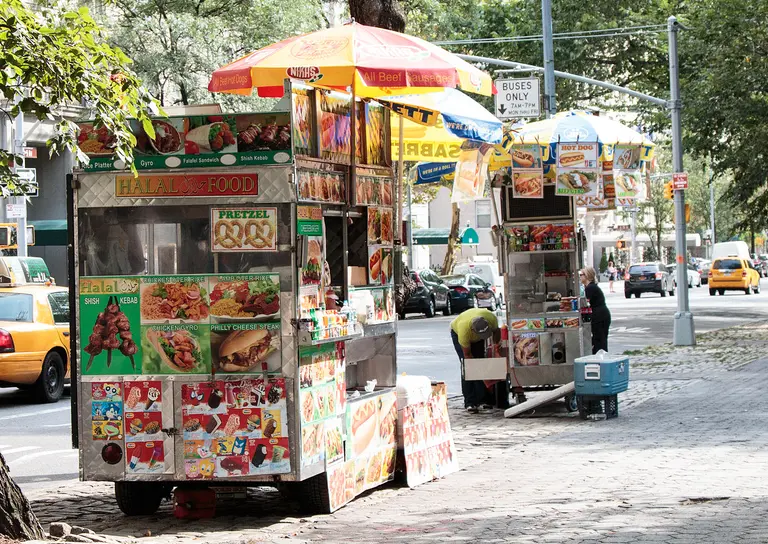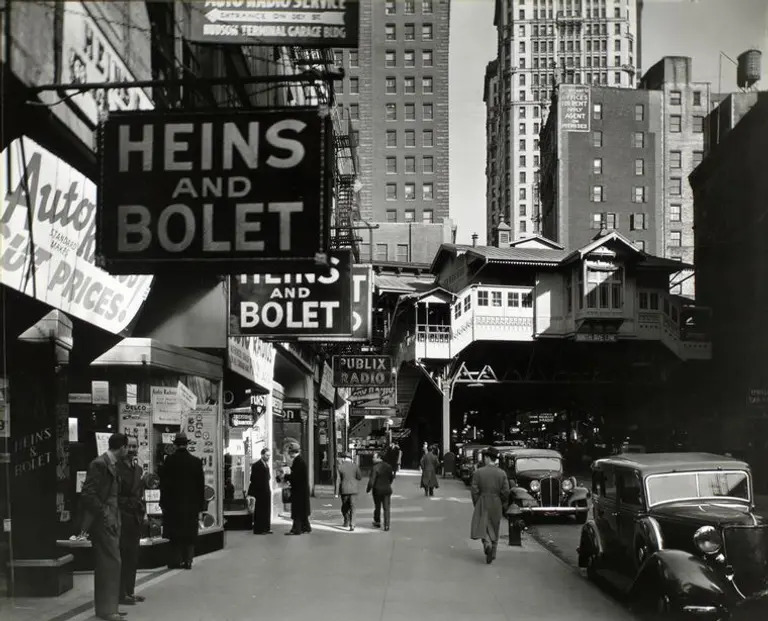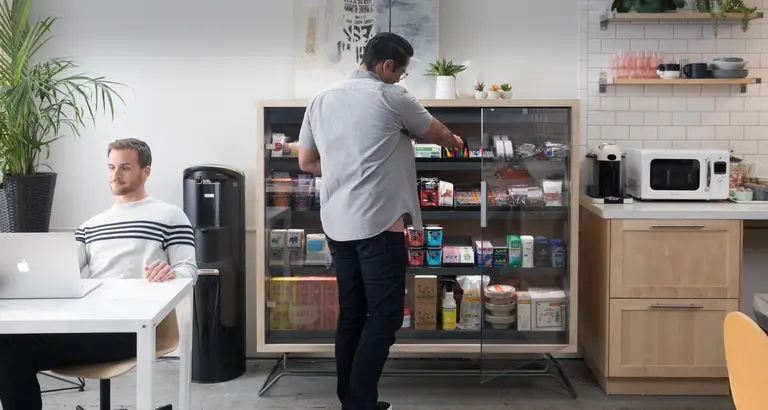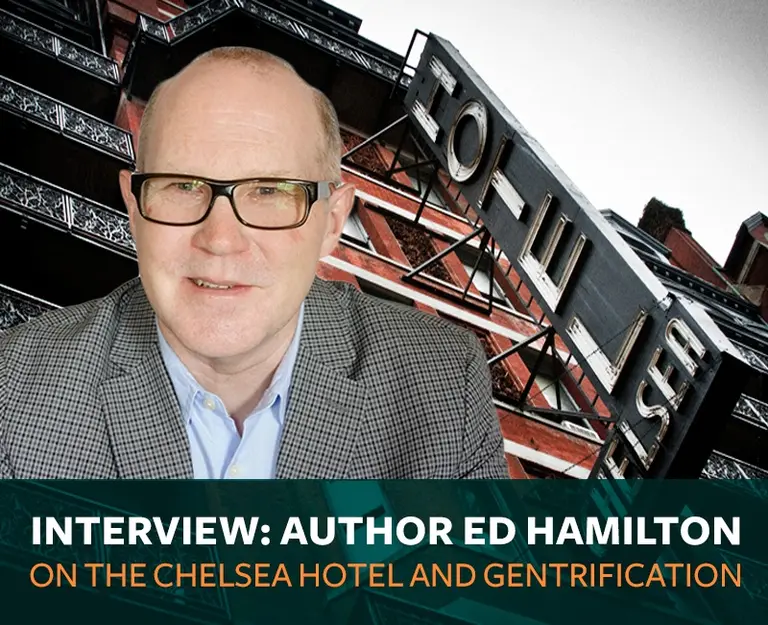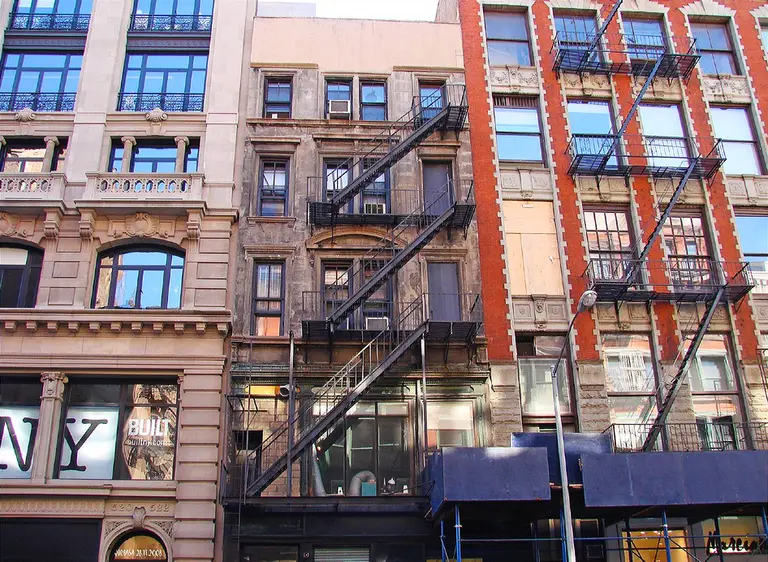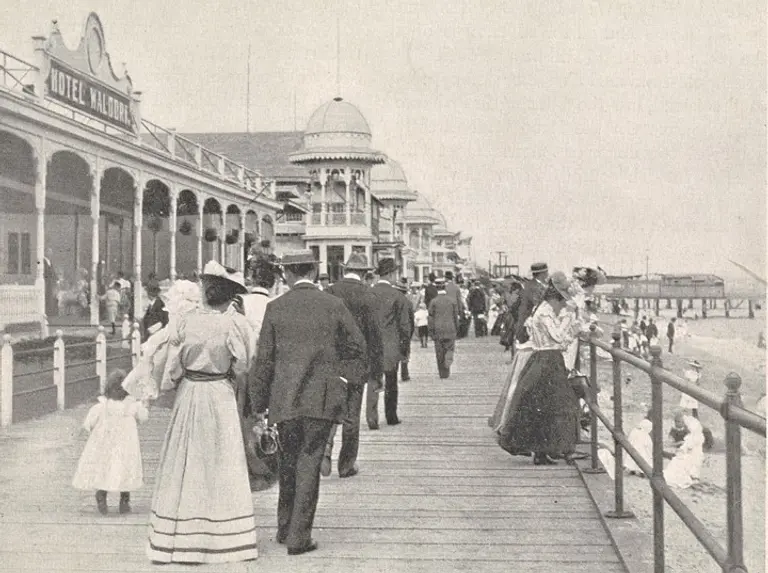December 11, 2017
6sqft’s series The Urban Lens invites photographers to share work exploring a theme or a place within New York City. In this installment, we take a look at the inner workings of Sunset Park's Sims Municipal Recycling Facility, from trash heaps to machinery to a learning center. Are you a photographer who’d like to see your work featured on The Urban Lens? Get in touch with us at
[email protected].
The beauty of trash is not often lauded, but out on the Brooklyn waterfront, at Sunset Park's Sims Municipal Recycling Facility, the process is oddly mesmerizing. En masse, the glass and plastic shards processed in the building's bowels become a disposable rainbow, the sharp shapes of residential recyclables a testament to the mesmerizing aesthetic of large-scale sustainability.
Sims is located on the 11-acre 30th Street Pier, which also contains the city's first commercial-scale wind turbine. On Sims' second story is a recycling education center; surrounding its exterior are a number of nature-harboring reefs, moorings, and native plants; and on the roof is an observation deck. The plant sorts 800 tons of recyclables on 2.5 miles worth of conveyor belts and machines daily, the majority of NYC's "commingled curbside material," its site proudly purports. In total, the plant processes 200,000 tons of plastic, glass, and metal a year. Ahead, take a look at the Sims world, where trash is heaped so high it really does look like treasure if you squint.
Take a tour


